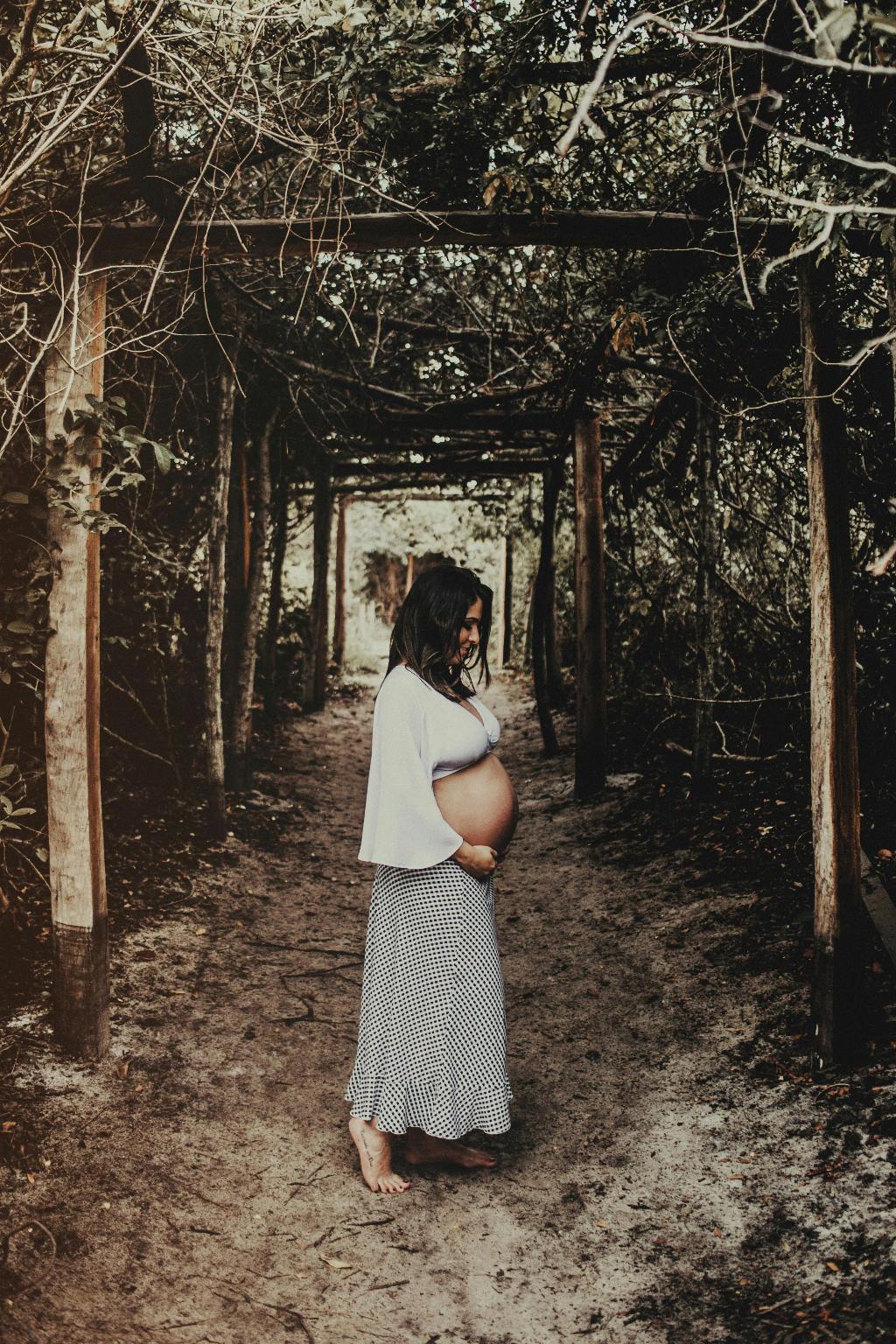When discussing the risk factors associated with ectopic pregnancy (EP), it’s essential to delve into the complexities of the female reproductive system. One of the primary risk factors for EP is fallopian tube damage. This damage can occur due to various reasons, such as previous pelvic infections or surgical interventions, particularly those related to tubal pregnancies.
Previous Pelvic Infections and EP Incidence
Individuals who have a history of pelvic infections are at a heightened risk of experiencing an EP. The correlation between pelvic infections and EP can be attributed to the impact these infections have on the structural integrity of the fallopian tubes. If the fallopian tubes become compromised as a result of infection, the likelihood of an EP significantly increases.
Conservative Operations and EP Susceptibility
Women who have undergone conservative operations or tubal microsurgery for a tubal pregnancy are also more susceptible to EP. These procedures can disrupt the normal functioning of the fallopian tubes, creating an environment that is conducive to EP development. Individuals who have undergone such procedures should be vigilant about monitoring their reproductive health.
Assisted Pregnancy and EP Risk
Furthermore, individuals who have undergone assisted pregnancy techniques, such as in vitro fertilization (IVF), may also face an increased risk of EP. The process of assisted pregnancy can put additional strain on the fallopian tubes, making them more susceptible to abnormalities that can lead to EP. It’s crucial for individuals undergoing assisted pregnancy to be aware of this risk and work closely with their healthcare provider to mitigate it.
Timeframe of Highest Risk for Ectopic Pregnancy
Given the various risk factors associated with EP, it’s essential to consider the timeframe during which individuals are at the highest risk for experiencing an EP. While the risk of EP is present throughout a woman’s reproductive years, certain periods may pose a more significant risk based on individual circumstances.
Post-Pelvic Infection Period
Following a pelvic infection, individuals are at a heightened risk for EP. The damage caused by the infection can affect the structural integrity of the fallopian tubes, increasing the likelihood of an EP occurring. It’s essential for individuals who have experienced pelvic infections to be vigilant about potential signs and symptoms of EP.
After Conservative Operations
Individuals who have undergone conservative operations or tubal microsurgery for a tubal pregnancy should also be aware of their increased risk for EP. The procedures involved in these operations can disrupt the normal functioning of the fallopian tubes, making them more susceptible to abnormalities that can lead to EP. Close monitoring and regular check-ups are essential for individuals in this category.
Assisted Pregnancy and EP Monitoring
For individuals undergoing assisted pregnancy techniques like IVF, the risk of EP may be more pronounced during the early stages of pregnancy. The added strain on the fallopian tubes during assisted pregnancy can exacerbate existing vulnerabilities, necessitating close monitoring and proactive measures to prevent EP.
General Risk Awareness
Overall, maintaining awareness of the risk factors associated with EP and understanding the implications of these factors is crucial for all individuals of reproductive age. By staying informed about the potential risks and taking proactive steps to mitigate them, individuals can help safeguard their reproductive health and minimize the likelihood of experiencing an EP.
Conclusion
In conclusion, the risk of ectopic pregnancy is influenced by various factors, including fallopian tube damage, previous pelvic infections, and surgical interventions. Individuals with a history of these risk factors should be particularly vigilant about monitoring their reproductive health and seeking appropriate medical care. By addressing these risk factors proactively and staying informed about the signs and symptoms of EP, individuals can better protect their reproductive well-being.

